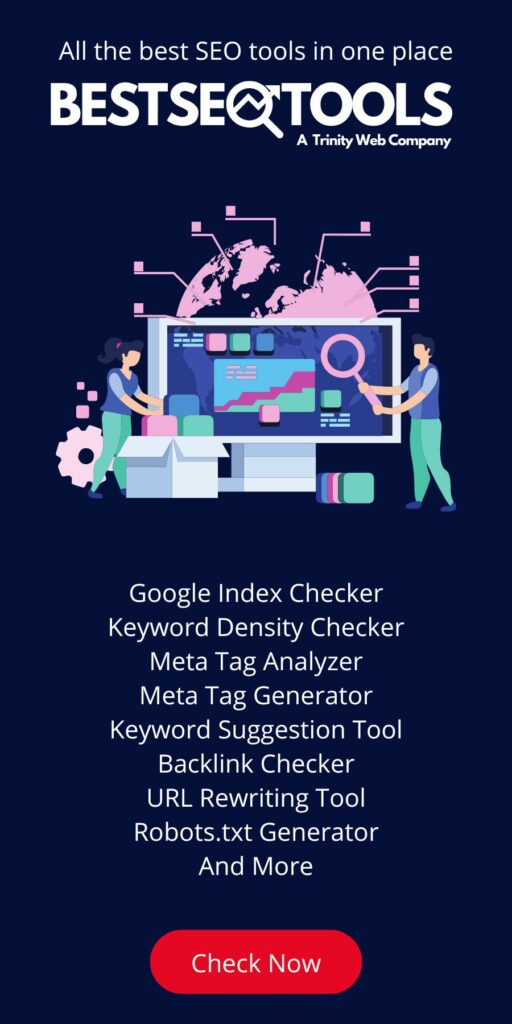In today’s fast-paced digital world, optimising API performance is crucial, especially for React developers seeking to deliver lightning-fast applications. One of the key decisions in this quest for speed is choosing the right data format for your APIs. This article delves into the options available – JSON, binary, and BSON – and explores which one is the best fit for React applications. Additionally, we’ll provide examples of how to convert JSON data to the optimal format, showcasing the data savings achieved and how this benefits clients with React applications.
Understanding Different API Data Formats
Before diving into which data format is best for React, let’s take a closer look at the different options:
JSON (JavaScript Object Notation):
- JSON is a text-based data interchange format.It’s human-readable, making it easy for developers to work with.However, JSON can be verbose, leading to larger data payloads and slower transmission.
{
"name": "John Doe",
"age": 30,
"city": "New York"
}Binary:
- Binary data is not human-readable and consists of 1s and 0s.
- It’s highly efficient in terms of space and transmission speed.
- However, working with binary data can be more complex and less intuitive for developers.
Example (binary data, not human-readable):
01001000101010101010101110101010...BSON (Binary JSON):
- BSON is a binary-encoded format that extends JSON to provide additional types and improved efficiency.
- It combines the best of both JSON and binary formats.
- BSON is especially beneficial for more complex data structures.
Example:
{
"name": "Jane Smith",
"age": 28,
"city": "San Francisco"
}Which Method Is Best for React Applications?
When it comes to React applications, the choice between these formats depends on the specific use case. If your application requires highly efficient data transmission and minimal latency, binary or BSON may be more suitable. In contrast, JSON might suffice for less data-intensive applications.
For example, in a real-time chat application developed with React, where minimising latency is crucial, using binary or BSON might be the better option. On the other hand, a simple weather app that fetches and displays data could function perfectly well with JSON.
Converting JSON to Optimal Format for React
Now, let’s explore how to convert JSON data to the optimal format for React. There are various libraries and tools available for this purpose. For instance, in JavaScript, you can use the MessagePack library to encode and decode data in a more efficient binary format. The bson library can help with BSON data.
Here’s an example of encoding JSON data into MessagePack in JavaScript:
const msgpack = require('msgpack-lite'); // Install this library first
const jsonData = {
name: 'Alice',
age: 25,
city: 'Los Angeles'
};
const binaryData = msgpack.encode(jsonData); // Convert JSON to MessagePackData Savings Achieved
The most significant advantage of using binary or BSON formats in React applications is the data savings achieved. Since these formats are more space-efficient, they result in smaller data payloads. This reduction in data size leads to faster data transmission and improved application performance, particularly in scenarios with limited bandwidth.
To put it into perspective, consider a scenario where a React app needs to fetch a large dataset, such as images or videos, from a server. By using a binary or BSON format for the API responses, the application can significantly reduce the amount of data transferred over the network. This not only speeds up loading times but also lowers data usage for users.
Benefits for React Clients
The benefits of choosing binary or BSON formats extend to React clients. Users of React applications will notice improved performance, reduced data consumption, and quicker loading times. This results in a more responsive and efficient user experience.
Moreover, React developers can enjoy the flexibility to choose the format that best suits their application’s requirements. They can opt for JSON when readability is crucial and switch to binary or BSON for demanding, data-heavy tasks. This adaptability ensures that React applications are not only fast but also versatile.
In conclusion, the choice of data format for APIs in React applications plays a significant role in determining their performance. While JSON is a familiar and user-friendly option, binary and BSON formats are better suited for scenarios where efficiency and speed are paramount. By converting JSON data into these more efficient formats, React developers can achieve data savings, resulting in enhanced user experiences. The right choice of data format empowers React applications to deliver speed, efficiency, and optimal performance.





